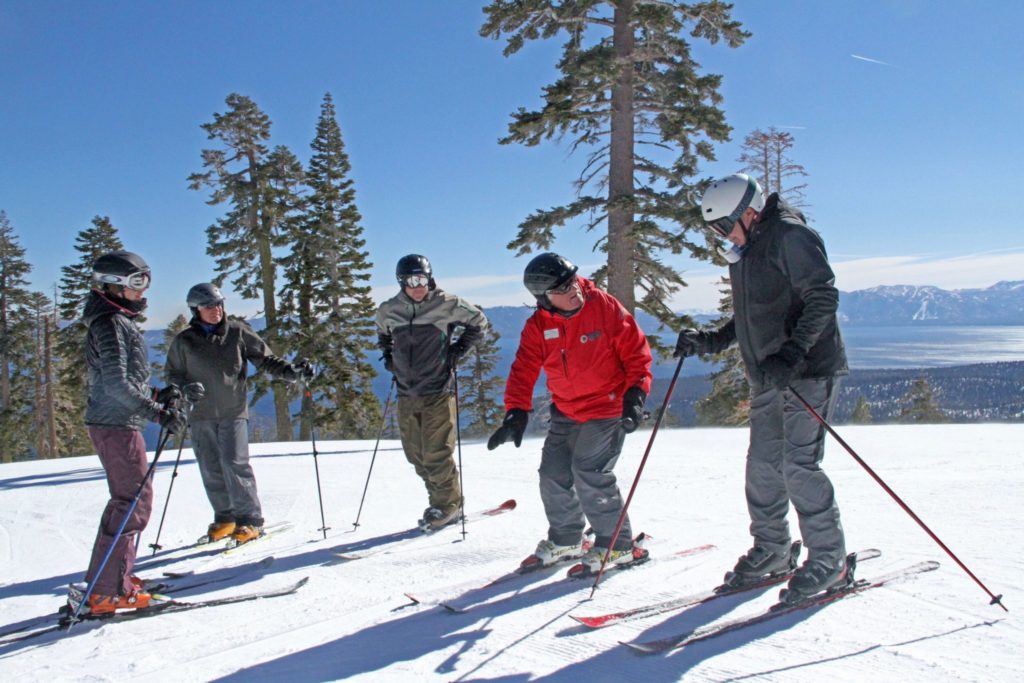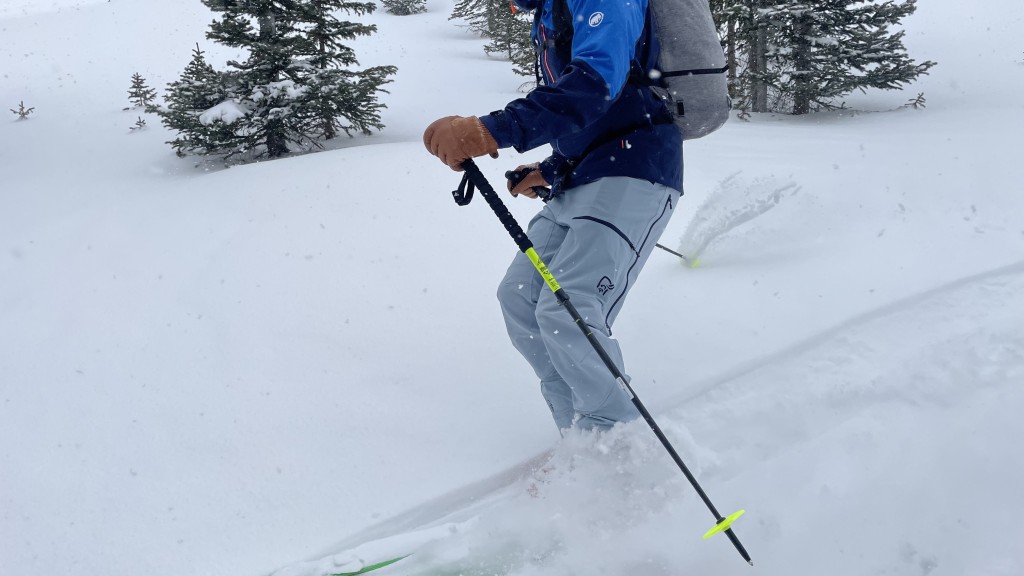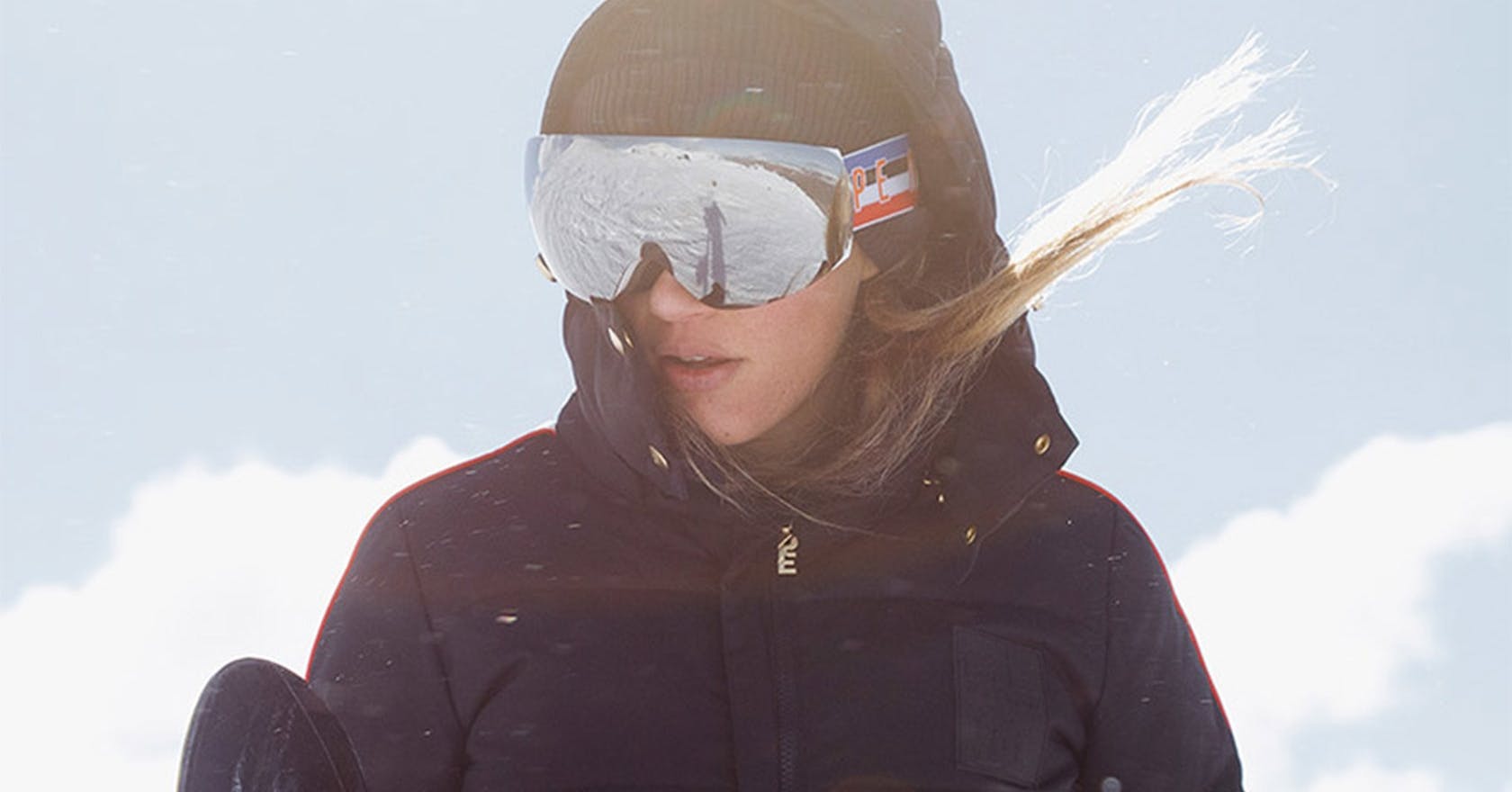
Snowboarding is a winter sport that has grown in popularity in recent years. This sport combines elements from skiing, skating, and surfing. Snowboarders can ride one board, which is usually 1.5m long and 25cm wide.
The fiberglass used in snowboards is combined with metal-lined edges. They are available in many sizes and shapes. You can also rent these items at most wintersport centers.
For beginners, it is best to start on an easy slope in order to get the basics. As their skills improve, they can move on to more challenging runs.
For snowboarding, you need to have a board and boots. A helmet and appropriate clothing are also essential.
There are several types of snowboarding, but most people focus on halfpipe and freestyle snowboarding. The main goal is to make the most air time possible by performing various acrobatic tricks on each run.

Flips, airs and slides are some of the most well-known and complex tricks. The trick may be simple or complex, but the board must be maneuvered over different obstacles to achieve its best performance.
The sport of snowboarding is very popular in the United States as well as other countries. It's a competitive sport with many competitions and events held throughout the year.
There are three types of snowboarding. While most snowboarders stick to one style, some competitors can do all three.
Sherman Poppen from Muskegon in Michigan created the first snowboard. The first snowboards were made from two snow skis bolted together with a rope attached to the front for steering. These boards were known as "snurfers" because they were the precursors of modern snowboards.
Although they were originally intended for children, snowboards have become increasingly popular among adults. Today, snowboarders have the ability to compete at international snowboarding championships and in the Olympics.
Some early competitions in snowboarding were held only in isolated locations. These competitions helped to develop new tricks and techniques which helped the sport evolve into what it is today.

Another competition that was held in Utah was the Soda Spring International Snowboard Festival. It took place in 1978. The event hosted several world champions. Paul Graves showed off freestyle board at the event.
Later that same year, Jake Burton Carpenter began to modify a Snurfer to be used for freestyle snowboarding. He performed a series of complete turns on the board while dropping to one knee and dismounting with a flip. This demonstration was considered a breakthrough in the sport. The Snurfer's unique appearance made it popular.
More than a million snowboarders live in the United States. There are many more all around the globe. The sport has moved beyond stereotypes like "lazy", “grungy", and "stoners." It now boasts a diverse, international fan base.
FAQ
Should I buy travel insurance?
Travel insurance is essential if you are planning on doing something adventurous. It is important to have insurance that covers all types of adventure sports.
If you plan on skiing, make sure that you have health insurance. You should also consider getting coverage for theft, damage, and loss.
Also, you should consider purchasing cancellation insurance. You can cancel your holiday without incurring any penalty.
It is also a good idea if you are able to get emergency evacuation cover. This covers being evacuated off the mountain in an emergency such as an avalanche.
What should you bring on vacation?
It is important to plan what you will do during your vacation. It's not just about packing clothes. You also need to consider where you are going and how long you are staying there.
You need to think about what activities you would like to participate in. Scuba diving is a great option if you're going to exotic destinations. You might also want to participate in local festivals and events if you plan to stay longer.
You should let the people who are going to be caring for you know if you have any medical issues.
What snacks are allowed on an airplane?
There are many choices of snacks that you can bring along when you travel. You may want to consider bringing along any food items that you know you enjoy eating while traveling.
You could pack, for instance, chocolates and other chocolate-related treats.
For something more savory, you might want to pack cheese or crackers.
Also, think about what type of drinks you'd like on board. Perhaps you'd prefer something cold or hot?
Be sure to pack all snacks and drinks securely.
This way, you won't need to worry about them getting damaged during travel.
What is the first thing to do after arriving at your travel destination?
It is a good idea to have a plan for when you get to a destination. This helps you to know what to expect and where you should go next.
Planning ahead is essential to avoid being late for any important events.
You should also research what museums, parks, or landmarks you want to visit if you are planning to visit a city more than once.
A map of the area is a great way to start researching the region's past.
What is the average time it takes to fly between two countries.
The distance between airports and weather conditions will affect the flight time.
The average flight takes around 3 hours.
However, the actual flying time depends on several factors such as the airline, the aircraft type, airport delays, and weather conditions.
My luggage should be stored where it is safe.
There are many choices. One of the most popular options is to use airport lockers. These lockers are located in the vicinity of the security area. They can be purchased for between $5-10 per daily, depending upon the size of the locker.
You can also rent a storage space. These units can be found in shopping centers and hotels. Prices vary, but some places offer discounts for multiple units rented together.
The third option is to rent a porter. A porter will help carry your luggage from the carousel to your room. Each time he assists you, a small fee will be charged.
Statistics
- Alcoholic beverages with more than 24% but not more than 70% alcohol are limited in checked bags to 5 liters (1.3 gallons) per passenger and must be in unopened retail packaging. (tsa.gov)
- Case in point: the private island of Ilha Caldeira, less than seven miles off the coast as part of the Primeiras and Segundas Archipelago, is located within the marine-protected area with 20 percent of the country's intact living coral. (travelandleisure.com)
- Alcoholic beverages with 24% alcohol or less are not subject to limitations in checked bags. (tsa.gov)
- According to Maori legends, this park holds 14 fjords that were all carved by a giant stonemason with an adze. (busytourist.com)
- You can use compression sacs or cubes to reduce the volume of your clothes by up to 80%—this is especially convenient for bulky items such as sweaters and jackets. (eaglecreek.com)
External Links
How To
How to plan for your next holiday
Planning a trip includes many things such as booking flights, hotels and car rentals. You must also consider your budget, destination, weather forecast, and other important factors.
These are important points to remember when planning your next vacation.
We have put together a step-by–step guide to help plan your next vacation. This guide has been prepared based on our experience and customer feedback. We hope you find this guide helpful and easy to follow when planning your next vacation.
Steps:
-
Plan your Budget - Planning your budget is one of the most important steps in preparing for a trip. Before you can begin to plan where you want to go and what you'd like to do, you should know how much. If you don't have the money, your plans may be cancelled.
-
Book Your Tickets - Once you've decided on your budget and set your priorities, booking your flight tickets is the first thing that you should do. Be sure to get the lowest price flight deal. In addition, make sure you check whether there are any special offers for certain seasons. These deals could be a great way to save money.
-
You can choose your destination - Once you have purchased your ticket, you need to decide where you would like to go. Multiple factors come into play when choosing your destination, including location (where you're going), climate (what season to visit), culture (how friendly people are), and cost (how affordable it is).
-
Find Accommodations - After choosing your destination, the next step would be finding accommodations. There are many accommodation options available, from inexpensive hostels to luxury suites. Choosing the right type of accommodation depends on your needs and preferences. If you need to be near the city center, a hotel may not suit your needs. A homestay might be a better option if you are looking for quieter places far from the crowds.
-
Select Activities & Attractions: Now that you have selected your accommodation, it is time to decide which activities and attractions to include in the itinerary. Depending on your length of stay, you may choose to add or remove activities.
-
You can now determine your schedule. It is important to stick to a schedule in order for maximum enjoyment of your trip. But, it's possible to enjoy your trip more if your schedule is flexible.
-
Create an Itinerary - An itinerary is a list of all information related to your trip. It is important to write down everything you need, from accommodation to meals, to activities to restaurants, and to create a list.
-
Research online - Make sure you do your research before you leave for your trip. Find out what other travelers have to say about different destinations by reading reviews and testimonials. This will help you plan.
-
Avoid Overpacking - Too many clothes can make packing a nightmare. Avoid bringing more than three sets of clothes. Wear clothing that is appropriate for the climate you are visiting.
-
Be prepared. Get everything organized before you head out on your trip. Don't waste time searching for important documents in transit.